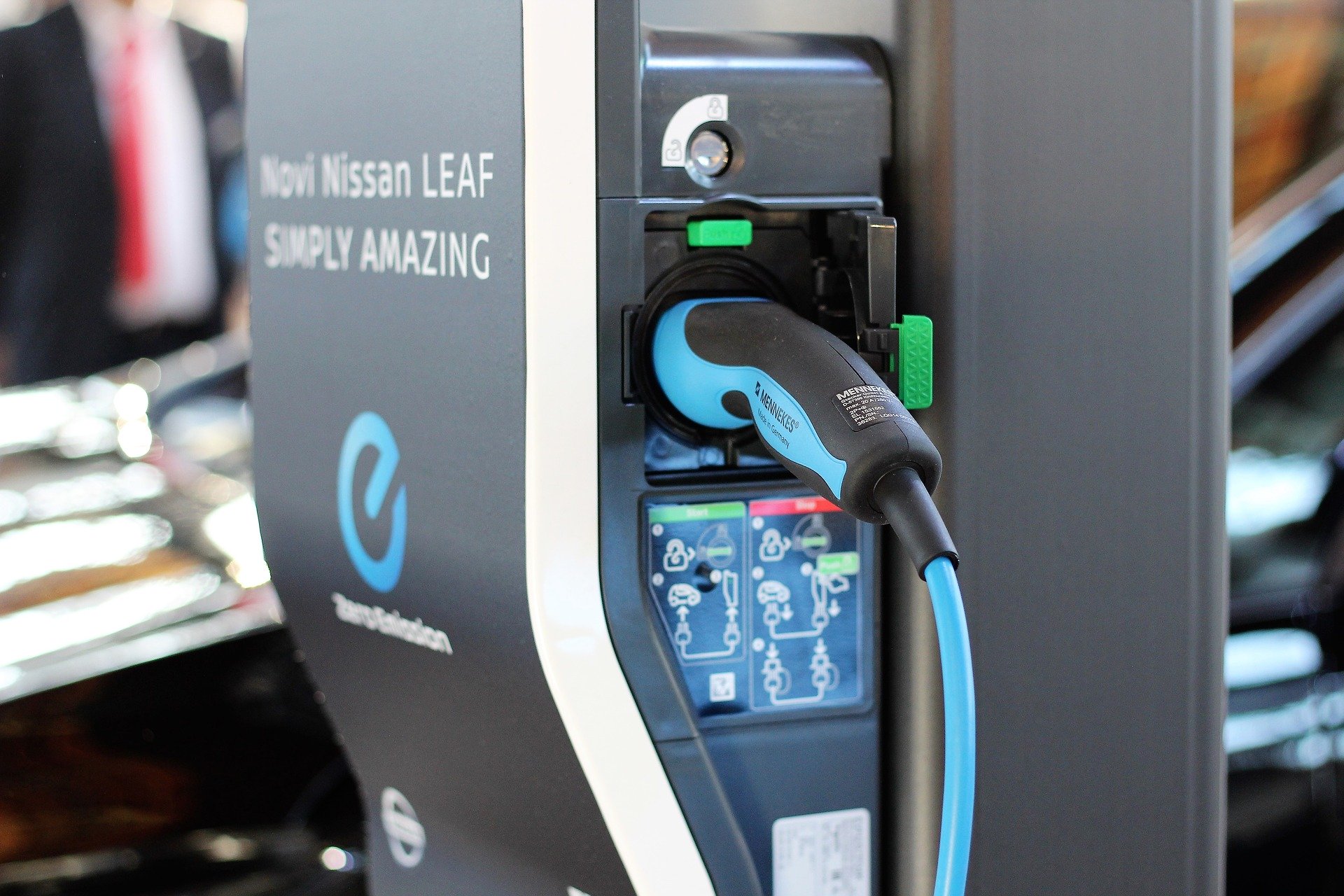

Over a decade ago, German newspapers started publishing headlines like: "What a scandalous waste of resources" about politicians and their usage of state vehicles. Since then, the opposition, environmental organisations and the media have gratefully used this topic over and over again for further catch-lines. The key message in it: Politicians and high-class managers drive gas guzzlers and do not care about any environmental damage.
To be fair, managers and politicians still make it easy for environmentally conscious citizens to raise valid concerns, as fleets and state vehicles still show a lack of innovation and environmental consciousness. But what can be done?
A vehicle's typical usage is to transport us from A to B. Further rational reasons, like the protection of human life, are often set aside by simpler intentions such as representative purposes or pure vanity. Therefore, official vehicles only driven by those questionable reasons have to permit a critical look below their undergarments. Let's face it, the days of Rolls Royce driving, cigar-smoking patriarchs are long gone, certainly, their social acceptance is. If a company or politic party wants to represent itself nowadays with a positive public image, environmental protection should be understood and lived. But what about people who have to expect more from a vehicle than pure transportation? A mobile office, protection, the transport of safety-relevant equipment or even a combination of all these demands?
Vehicles used to protect human life have to meet a large number of technical requirements:
- They have to guarantee constant mobility and agility in all situations,
- to shoulder the highest protection standards and thus, tons of ballistic steel, ceramics and glass,
- provide long-distance comfort, store communication- and protective equipment
- and combine all that with safe driving characteristics.
Already a difficult compromise in itself and even more difficult when emission standards and fleet-consumption figures apply.
And this is why armoured vehicles should be excluded here:
Just like bulky, heavy and fuel-consuming ambulances, a special protection vehicle serves to preserve life. Common standards for civil vehicles are not applicable here. In addition to civil vehicles, a big plus of extra demands must be met:
So, everybody is happy now?!
No. When it comes to armoured vehicles, sustainability and environmental-friendliness can be increased significantly. The current debate about electric vehicles and their dirty production shows that the overall environmental balance must be considered here.
1. If you buy cheap, you buy twice.
The manufacture of bullet-proof vehicles requires enormous amounts of steel, glass, plastics, or in short words "energy". Cheaply made AV's have a significantly shorter service life than certified, high-quality products. Especially products that bind a lot of resources already in their production cycle, should last as long and beneficial as possible. An increased service life combined with modern procurement specifications and far-sighted planning reduce the environmental impact enormously. It is also unnecessary to always keep buying the latest model and brand design, as automotive and safety technology evolves quite slow. To stick with a vehicle half a decade and more might result in missing the latest Apple CarPlay update, but therefore will safe loads of resources and budget. Especially since modern gadgets often can be retrofitted to older vehicles.
2. Fixer-Upper…
If a vehicle is growing older and has travelled its way 4-5 times around the world, it is time for something new. A lot of armoured vehicles are taken out of service even much earlier. -- Totally unnecessary. High-quality armoured vehicles can be overhauled and reactivated to make their way off to new journeys, reaching the double of their planned mileage. A general overhaul saves money, time and resources, without no lack of reliability if done the right way. We are proud to service vehicles that already exceeded distances of more than 500.000km!
3. Training
Practice makes perfect, also when it comes to sustainability. Drivers of AV's who regularly enjoy practical and technical training cause less tear & wear by higher fuel-efficiency. Fleet managers who know all details of their "rolling fortress" save on spare parts and repair costs and procurement teams who dare to think outside the box, open to new approaches in fleet management, make entire numbers of vehicles redundant.
There are significant savings that can and should be achieved, but a loss of safety in favour of lower CO₂ emissions is not practical. In the future, the fire brigade will continue to use heavy equipment transported by large, fuel-guzzling trucks, simply because the situation requires it and there are currently no alternative solutions available in the market that offer the same safety and reliability. But innovative solutions from manufacturers are expected and may follow in a few years.
And here another thought-provoking impulse: If security (or the own personal sense of security) allows, some politicians and even prime ministers are already showing that the way to parliament can certainly be done by bicycle.